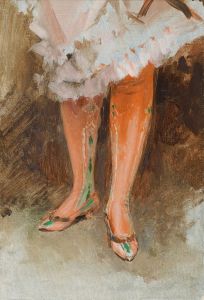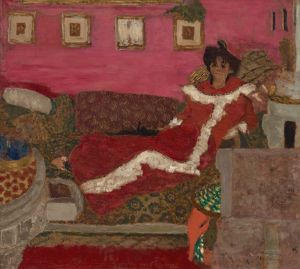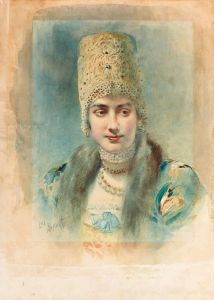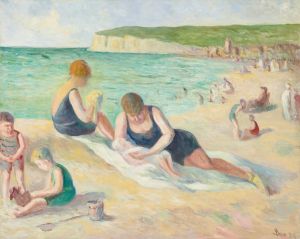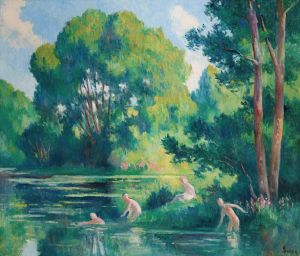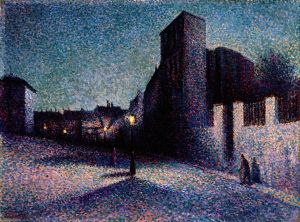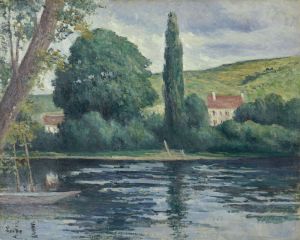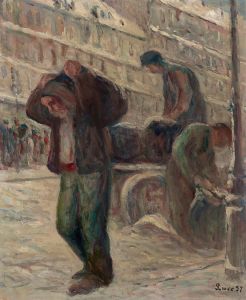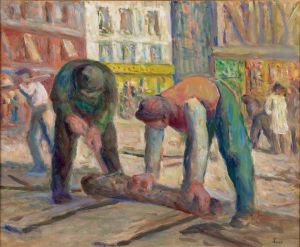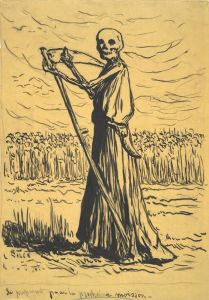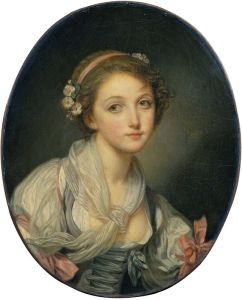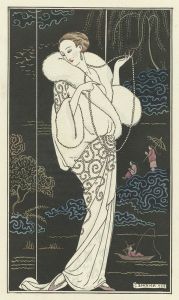
Femme cousant
A hand-painted replica of Maximilien Luce’s masterpiece Femme cousant, meticulously crafted by professional artists to capture the true essence of the original. Each piece is created with museum-quality canvas and rare mineral pigments, carefully painted by experienced artists with delicate brushstrokes and rich, layered colors to perfectly recreate the texture of the original artwork. Unlike machine-printed reproductions, this hand-painted version brings the painting to life, infused with the artist’s emotions and skill in every stroke. Whether for personal collection or home decoration, it instantly elevates the artistic atmosphere of any space.
Maximilien Luce was a prominent French Neo-Impressionist artist known for his paintings, illustrations, and engravings. Born in Paris on March 13, 1858, Luce became associated with the Neo-Impressionist movement, which was characterized by the use of pointillism—a technique involving the application of small, distinct dots of color to form an image. This movement was pioneered by artists such as Georges Seurat and Paul Signac, with whom Luce was closely associated.
One of Luce's notable works is "Femme cousant" (translated as "Woman Sewing"), which exemplifies his skill in capturing everyday life with a focus on light and color. While specific details about the painting "Femme cousant" are limited, it is consistent with Luce's broader body of work, which often depicted scenes of domestic life, labor, and the urban environment. His paintings frequently explored themes of social realism, reflecting his interest in the lives of ordinary people and the working class.
Luce's technique in "Femme cousant" would likely have involved the use of pointillism, a hallmark of his style during his Neo-Impressionist phase. This method allowed him to explore the effects of light and shadow in a unique way, creating vibrant and dynamic compositions. The subject of a woman sewing is indicative of Luce's interest in portraying intimate and personal moments, capturing the quiet dignity of everyday activities.
Throughout his career, Luce was deeply influenced by his political beliefs. He was an anarchist, and his art often reflected his commitment to social justice and equality. This ideological stance informed his choice of subjects, as he frequently depicted workers, laborers, and scenes of industrial life. His paintings served as a commentary on the social conditions of his time, highlighting the struggles and resilience of the working class.
Luce's contribution to the Neo-Impressionist movement was significant, as he helped to expand the scope of the style beyond its initial focus on landscapes and leisure scenes. By incorporating themes of labor and domestic life, he brought a new dimension to the movement, emphasizing the importance of social context in art.
Maximilien Luce continued to paint and exhibit his work throughout his life, gaining recognition for his distinctive approach and commitment to social themes. He passed away on February 6, 1941, leaving behind a legacy of art that continues to be celebrated for its technical innovation and social relevance.
While specific exhibitions or collections featuring "Femme cousant" are not widely documented, Luce's works are held in various museums and private collections around the world. His paintings remain an important part of the study of Neo-Impressionism and the broader history of modern art, offering insights into the intersection of art, politics, and society in late 19th and early 20th century France.





